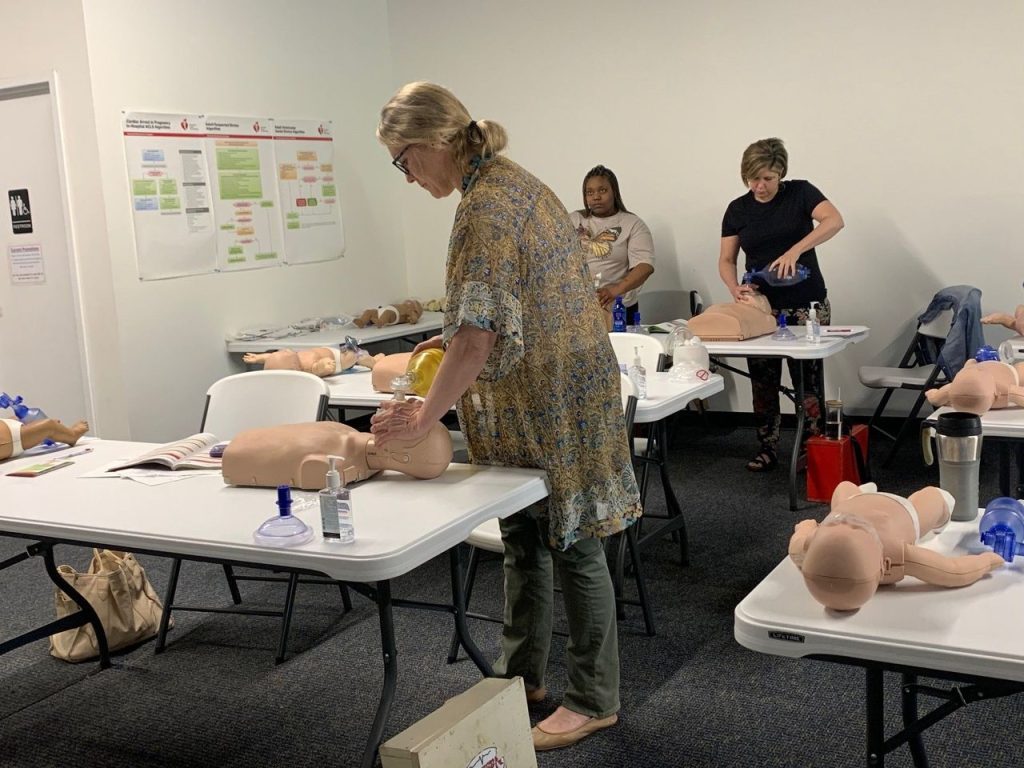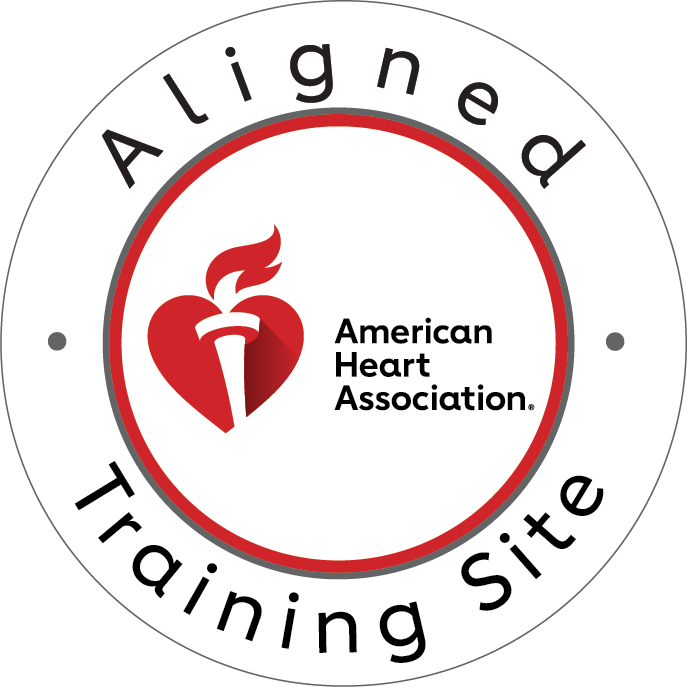The decision to perform chest compressions during a medical emergency can be life-changing, not just for the victim but also for the rescuer. While cardiopulmonary resuscitation (CPR) is a critical intervention that can double or triple a person’s chances of survival after cardiac arrest, the aftermath of performing CPR extends far beyond the immediate emergency. For lay rescuers—everyday people without medical training who find themselves in emergencies—this experience can trigger complex emotional and psychological responses that deserve attention and understanding.
The Emotional Impact of Performing Chest Compressions
When a bystander steps in to perform chest compressions, they’re thrust into an intense, high-pressure situation. The physical act of CPR—pressing hard and fast on someone’s chest—can be physically taxing, but the emotional toll often lingers much longer than sore muscles.
Many lay rescuers report experiencing a range of emotions following CPR administration:
- Shock and disbelief at having been part of a life-or-death situation
- Anxiety about whether they performed the techniques correctly
- Guilt if the victim doesn’t survive, despite evidence showing that prompt CPR gives victims the best chance
- Heightened vigilance and recurring thoughts about the incident
- Pride and relief when outcomes are positive
- Emotional numbness as a protective response to trauma
Research shows that approximately 30% of lay rescuers experience some form of psychological distress following CPR administration. This can manifest as difficulty sleeping, intrusive thoughts about the event, or heightened anxiety in similar settings. The severity often correlates with factors like the victim’s outcome, the rescuer’s relationship to the victim, and the presence of bystander support during and after the event.
Should Everyday People Provide Chest Compressions?
Despite the potential emotional aftermath, the answer is unequivocally yes—lay rescuers should provide CPR when needed. The scientific evidence supporting bystander intervention is overwhelming:
- For every minute without CPR, survival chances decrease by 7-10%
- Nearly 70% of cardiac arrests happen outside of hospitals, where immediate medical help isn’t available
- Areas with higher rates of CPR training show significantly better survival rates for cardiac arrest victims
When weighing the temporary emotional discomfort against the permanent consequences of inaction, the scales tip heavily toward intervention. What’s crucial is not avoiding the responsibility but preparing both technically and emotionally for the possibility.
When Should a Lay Person Initiate Chest Compressions?
Understanding when to start CPR is crucial for lay rescuers:
- When someone is unresponsive, they don’t react when you tap or speak loudly to them
- When normal breathing is absent, the person isn’t breathing or is only gasping occasionally
- When no pulse can be detected – Though pulse checks can be difficult for untrained rescuers and shouldn’t delay starting compressions
It’s important to note that modern CPR protocols for lay rescuers emphasize chest compressions even without rescue breaths. This “hands-only CPR” approach simplifies the process and removes one barrier to action—concern about mouth-to-mouth contact.
The American Heart Association’s guidance is clear: when in doubt, start compressions. The potential benefit far outweighs the risk, as properly performed CPR rarely causes significant harm, but delayed CPR almost certainly does.
Navigating the Immediate Aftermath of Providing CPR
The moments and hours after performing chest compressions can be disorienting. Here’s what lay rescuers should know about managing this critical time:
Physical Recovery
The physical exertion of performing proper chest compressions shouldn’t be underestimated. Rescuers often experience:
- Muscle fatigue – Particularly in the shoulders, arms, and back
- Elevated heart rate and blood pressure from adrenaline and exertion
- Physical exhaustion that may last several days
Taking time to rest, staying hydrated, and allowing your body to recover is essential. Many rescuers report being surprised by how physically demanding effective CPR can be.
Emotional Processing
In the immediate aftermath, rescuers may experience emotional flooding or numbness. During this time:
- Allow yourself to feel whatever emotions arise without judgment
- Avoid immediately analyzing or second-guessing your actions
- Connect with supportive people who can provide comfort
- Recognize that emotional reactions may be delayed or unexpected
Practical Considerations
Several practical matters need attention after performing CPR:
- Medical follow-up – Some rescuers benefit from a health check after the physical strain
- Documentation – Writing down your recollection of events while fresh can be helpful for processing and may be needed for emergency services
- Legal protections – Most jurisdictions have Good Samaritan laws that protect lay rescuers acting in good faith
Long-Term Processing After Providing Chest Compressions
The journey of processing a CPR event typically unfolds over weeks and months. Understanding this timeline can help rescuers normalize their experiences and seek appropriate support.
The Psychological Timeline
Many rescuers report a predictable pattern in their emotional processing:
- Initial shock and adrenaline (hours to days) – Disbelief, heightened alertness, and difficulty concentrating
- Information-seeking (days to weeks) – Strong desire to understand what happened and the outcome
- Meaning-making (weeks to months) – Integrating the experience into one’s life story and identity
- Resolution or adaptation (months) – Finding a place for the experience that allows forward movement
This timeline varies widely among individuals, with some moving through phases quickly and others experiencing prolonged processing at certain stages.
Positive Growth and Transformation
Many rescuers report positive psychological changes following CPR events:
- Increased confidence in crisis situations
- Stronger sense of community connection and responsibility
- Greater appreciation for life and its fragility
- Motivation to learn more emergency skills
- Becoming advocates for CPR training in their communities
These positive outcomes, often categorized as “post-traumatic growth,” don’t negate the challenging aspects of the experience but represent how humans can derive meaning from difficult situations.
Support Systems for Lay Rescuers
The availability of support significantly influences how rescuers process their experiences. Effective support includes:
Immediate Support
- Debriefing with first responders – Many EMS teams offer brief supportive conversations with civilians who performed CPR
- Connection with family or friends – Sharing the experience with trusted individuals provides emotional relief
- Physical support – Help with practical needs like transportation or meals during the initial recovery period
Professional Resources
When emotional reactions are intense or persistent, professional help may be beneficial:
- Critical incident stress debriefing – Structured sessions designed specifically for processing emergency events
- Counseling or therapy – Short-term therapeutic support to process trauma responses
- Support groups – Connecting with others who have had similar experiences
Prevention Through Preparation
The best way to mitigate negative psychological outcomes is preparation before an emergency occurs:
- Quality CPR training with psychological preparation components
- Regular refresher courses to maintain confidence in skills
- Mental rehearsal of emergency scenarios
- Building community support networks before crises happen
Research consistently shows that rescuers who feel confident in their training experience less distress after CPR events, regardless of the outcome.
The Role of CPR Training in Psychological Readiness
Comprehensive CPR training does more than teach physical skills—it builds psychological readiness that proves invaluable in the aftermath:
- Knowledge reduces uncertainty – Understanding what to expect physically and emotionally reduces anxiety
- Skill confidence decreases self-doubt – Well-practiced skills are less likely to be second-guessed later
- Realistic expectations prevent unnecessary guilt – Knowing the actual survival rates and limitations of CPR helps rescuers process outcomes realistically
- Community connection provides support – Training alongside others creates a network of people who understand the experience
This psychological preparation is why quality, hands-on training matters significantly more than simply watching videos or reading instructions.
When Outcomes Aren’t Positive
One of the most challenging aspects of being a lay rescuer is facing unsuccessful resuscitation attempts. Despite perfect CPR technique, many cardiac arrest victims don’t survive due to factors completely outside the rescuer’s control:
- Overall survival rates for out-of-hospital cardiac arrest range from 8-12%
- Many victims have underlying conditions that make survival unlikely, regardless of intervention
- The time between collapse and CPR initiation significantly impacts outcomes
Understanding these realities helps rescuers process guilt and doubt. As emergency physician Dr. Michael Torres notes, “By performing CPR, you give someone their best possible chance. The outcome is determined by many factors, but the attempt itself is always worthwhile.”
Creating Community Support Systems
Communities with robust support systems for lay rescuers show better outcomes for both rescuers and victims:
- Formal follow-up programs connecting emergency services with civilian rescuers
- Recognition of rescuer efforts by healthcare institutions
- Peer support networks connecting experienced rescuers with new ones
- Integration of psychological preparation into standard CPR training
These systems acknowledge that CPR isn’t just a physical intervention but a psychologically significant life event for many rescuers.
Moving Forward: Integrating the Experience
For most lay rescuers, the CPR experience becomes an important chapter in their life story—one that often strengthens their sense of community connection and personal efficacy. The key to healthy integration includes:
- Acknowledging both the challenging and empowering aspects of the experience
- Finding appropriate ways to share your story when ready
- Recognizing how the experience has shaped your perspective
- Channeling the experience into positive actions like advocacy or further training
Be Prepared: Get Certified in Life-Saving Skills Today
Don’t wait until you’re faced with an emergency to wish you knew what to do. CPR Memphis, an American Heart Association training site, offers stress-free, hands-on certification courses that prepare you both technically and emotionally for emergencies.
Whether you’re seeking initial certification or renewal in BLS for Healthcare Providers, ACLS, PALS, or CPR and First Aid courses, our expert instructors provide the knowledge and confidence you need to act decisively in crisis situations.
Contact CPR Memphis today for the best CPR certification Memphis has to offer. Our BLS certification Memphis classes ensure you’ll be ready to help when seconds count—because in an emergency, the right training makes all the difference.





